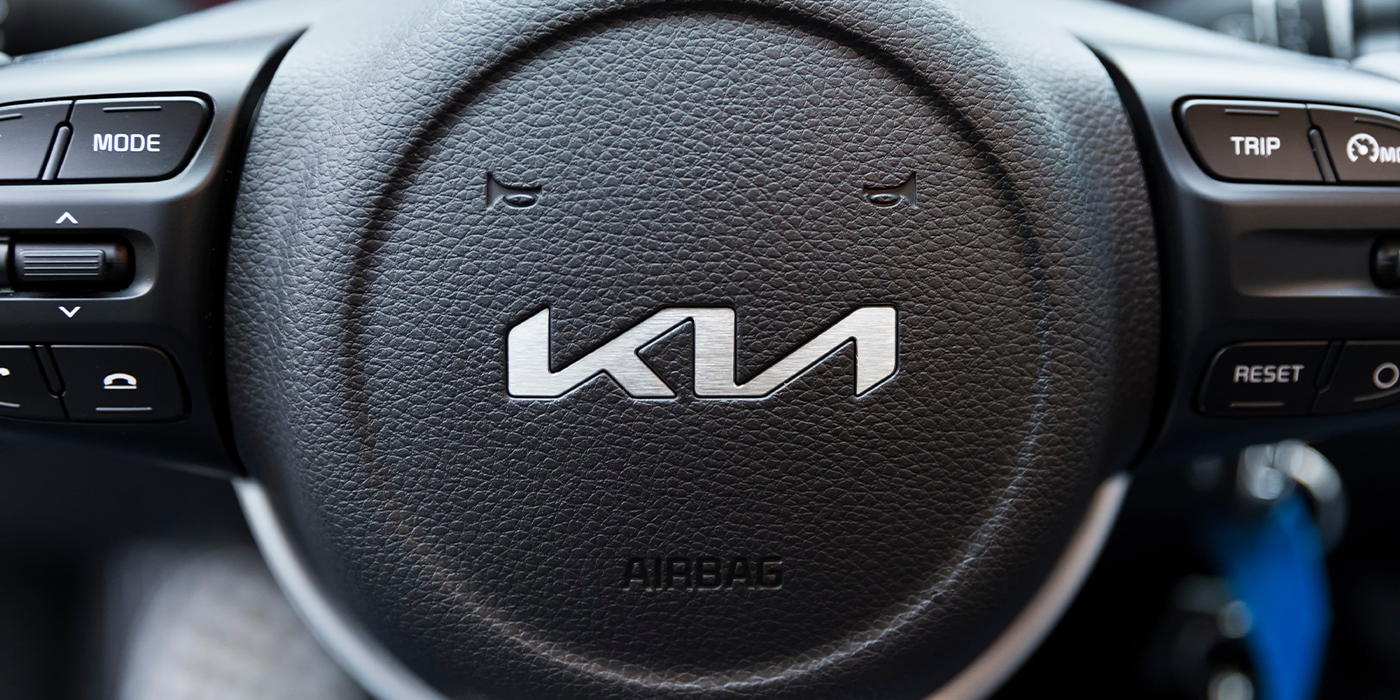When doing sensor ID learning, make sure you keep at least 10 feet of clearance between the tire pressure sensors you’re trying to learn and other tire pressure sensors nearby. Those sensors can be on any TPMS-equipped vehicles, loose TPMS-type wheels, or just other loose tire pressure sensors (including any in your pocket).
If you don’t keep your distance, you’ll wind up having to do some very time-consuming repair work (especially on an Accord Crosstour) to make things right. The 10-foot clearance rule is clearly stated in the HDS on-screen instructions, the S/M procedure, the accessory installation instructions, and even in a recently posted message. Here’s how this problem could happen: You’re installing a set of accessory wheels. You pull off the factory wheels and lay them close by (within 10 feet). You mount the new wheels, and then hook up the HDS and try doing sensor ID learning. Since the tire pressure sensors on the factory wheels are too close, one or more of them gets triggered and learned instead of the ones on the new wheels. You’ll know that’s happened if the low tire pressure indicator keeps on flashing and won’t go out when you drive the vehicle over 28 mph, like it says to do in the last step of the sensor ID learn procedure.
If you run into this problem on a Accord Crosstour, here’s what you’ve got to do:
1. Drive the vehicle for more than 20 minutes over 28 mph, and then turn off the engine for 30 seconds.
2. Start the engine again, and keep driving until the low tire pressure indicator stops flashing and goes off. You’ll also notice the TPMS indicator comes on.
3. Use the HDS to clear any TPMS DTCs.
4. Make sure there’s 10 feet of clearance from other tire pressure sensors (remember the rule), then do sensor ID learning again. If you run into this problem on any other model, just redo the sensor ID learn procedure.
Courtesy of MotoLOGIC Repair & Diagnostic.










